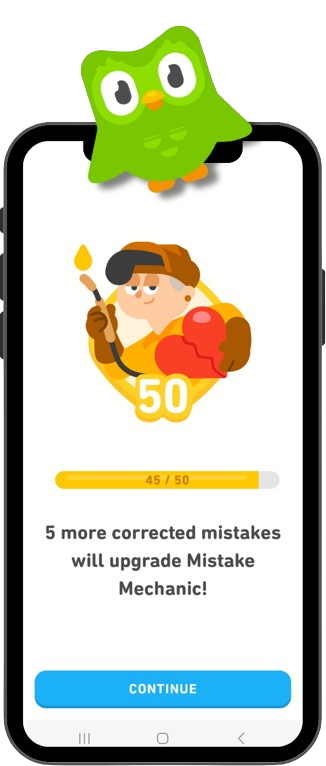Don’t lose your users to Loss Aversion 🙈
Leveraging loss aversion to break psychological barriers and motivate your users to act.
In 1979, Daniel Kahneman and Amos Tversky turned traditional economics on its head. Their Prospect Theory showed that humans aren’t always rational thinkers.
Sometimes, emotions take over.
Me, buying a mountain of popcorn after a 4-hour cry 🍿:
One key concept in the theory is Loss Aversion.
It’s simple: losing something feels twice as bad as gaining the same thing feels good.
Due to this emotional equation, we’d rather dodge losses than chase gains.
This bias shapes our financial, social, and professional decisions. Often, fear of losing keeps us stuck where we are.
More about that right here 👇
How it relates to product design?
Just like in life, Loss Aversion influences our behavior in apps.
It can nudge users toward—or away from—certain actions. Your task? Align their actions with both their goals and yours.
Here’s how 🧐🧐:
#1: Flip the coin 🪙
When they are faced with a struggle - you need to focus on their successes, not failures.
Highlight what users are doing right to encourage growth and confidence.
Microsoft Word, for example, emphasize well-written sections to keep users motivated to improve and grow.
#2: Make lemonade 🍋
Turn losses into part of a larger growth journey. Show users how mistakes can lead to progress.
Duolingo rewards users for correcting mistakes, reframing losses as opportunities for improvement.
#3: It’s a tradeoff ⚖️
Occasionally, users must give something up to gain something better.
Emphasize the positive outcome to soften the sting of loss.
Google eases the pain of deleting documents by highlighting the benefits, like freeing up storage space 🤩.
#4: Create more friction 🌪️
Sometimes, preventing users from acting is the goal—like discouraging subscription cancellations ⛔.
Canva approaches this by listing Pro features users will lose along with how many times they’ve used them. For example, “Downloaded 53 designs” or “Resized images 27 times.”
This specificity makes the loss feel tangible, reminding users of the value they’ve gotten.
It subtly raises the stakes, making cancellation a harder choice.
The Role of Product Professionals 🧠
As a product designer, you’re a choice architect. You shape the structure of user decisions. At every crossroads in the user flow, ask yourself:
What barriers stop users from acting?
What nudges lead them toward (or away from) certain choices?
What might make them abandon their goals?
By understanding these pain points, you can design better messaging, clearer pathways, and more aligned choices. 🔥🔥
Loss Aversion is one of many biases that influence user behavior.
Want more insights and real-life examples? Subscribe to stay updated. 👇
Talk to you soon,
Yael






